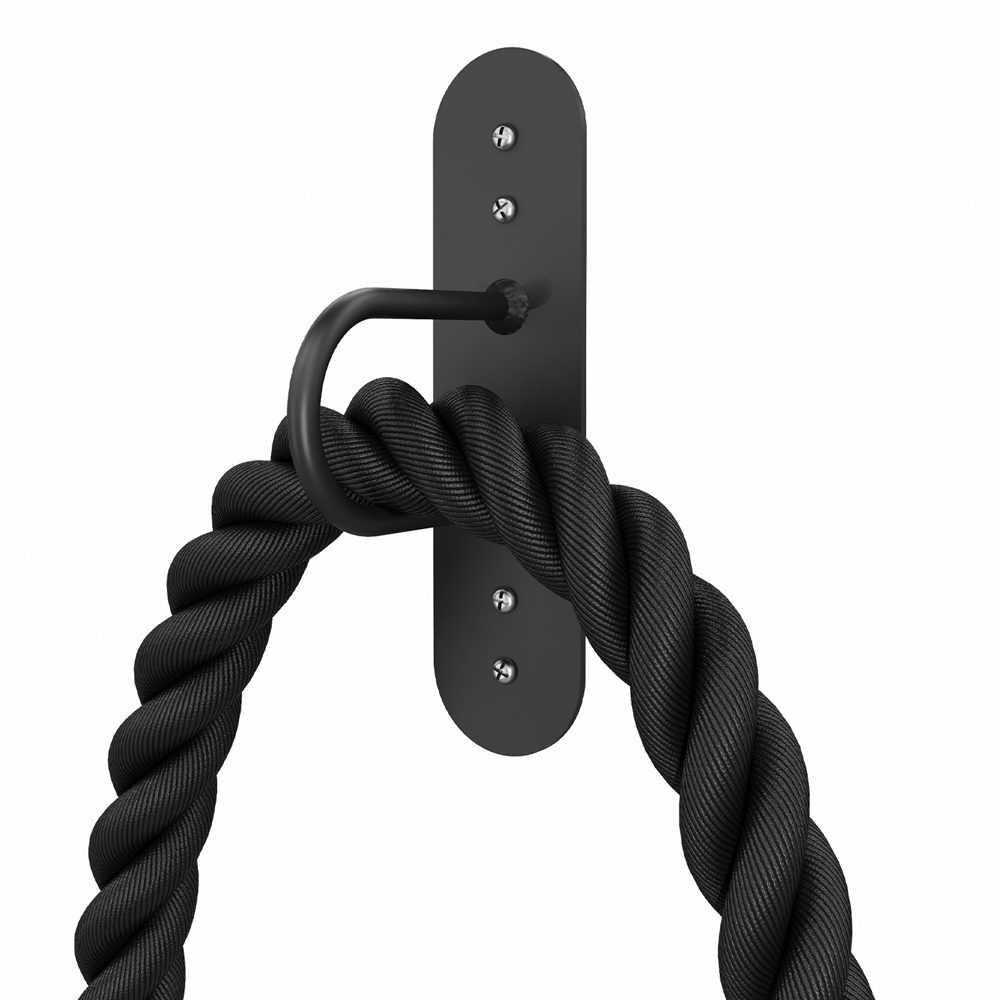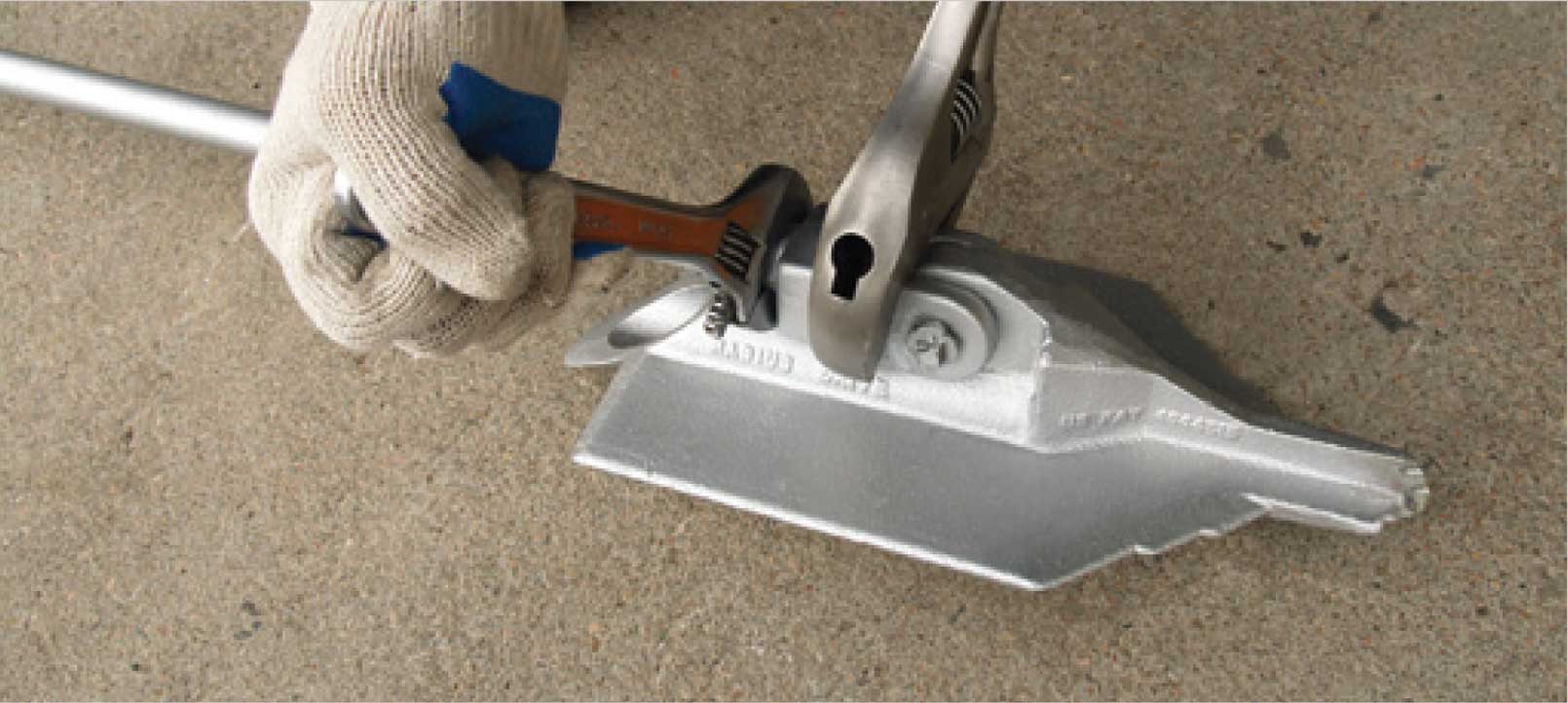Earth Anchor Innovation: A Strong Service for Earthquake-Proofing
Earth Anchor Innovation: A Strong Service for Earthquake-Proofing
Blog Article
Efficient Anchor Solutions Designed for Optimum Toughness
The layout of efficient support systems is important in making sure maximum strength and reliability throughout various applications, especially in marine and civil engineering. As we discover the different kinds of support systems and the materials that underpin their effectiveness, it becomes noticeable that the future of securing modern technology may hold also better improvements.
Importance of Support Systems
Anchor systems play a vital function in numerous applications, from aquatic building and construction to overseas exploration and even in the stability of frameworks on land. In aquatic settings, anchors are necessary for mooring vessels, avoiding drift due to wind, currents, or waves.
Along with marine applications, support systems are essential in civil engineering, particularly in the building of preserving wall surfaces, bridges, and structures in geologically tough locations. These systems help distribute loads properly, combating pressures such as dirt stress and seismic activity. The value of support systems reaches the renewable power industry, where they safeguard wind generators and overseas systems, contributing to the stability and effectiveness of energy generation.
Eventually, the effectiveness of an anchor system is fundamental to the safety and security, toughness, and capability of numerous frameworks, making their style and implementation an essential part in design and building and construction practices throughout several markets.
Ingenious Materials in Support Style

Modern innovations in materials science have actually substantially transformed support style, improving performance and longevity. The consolidation of high-strength alloys and composite materials has actually resulted in anchors that can stand up to extreme environmental conditions while maintaining structural integrity. These cutting-edge materials not only use premium tensile toughness but additionally reduce weight, boosting convenience of setup and handling.
One remarkable advancement is making use of carbon fiber reinforced polymers (CFRP), which offer exceptional corrosion resistance and high strength-to-weight ratios. This permits the layout of anchors that are both remarkably resistant and light-weight, making them suitable for aquatic applications where exposure to saltwater can bring about product destruction.
In addition, improvements in coverings-- such as sophisticated epoxy and galvanization-- more secure steel supports from rust, expanding their service life. These coatings can be tailored to satisfy certain environmental obstacles, ensuring that anchors carry out dependably also in extreme problems.
In addition, the integration of smart products, which can adapt to altering lots and environmental elements, is leading the way for future anchor designs. These developments emphasize a pattern in the direction of better effectiveness and reliability in anchoring remedies, inevitably enhancing safety and security across numerous applications.
Kinds Of Effective Support Systems
Effective anchoring services are necessary for making certain security and security in numerous applications, from building and construction to aquatic operations. A number of types of efficient anchor systems attract attention for their performance and versatility to different settings.
One preferred type is the screw support, which makes use of a helical style to offer exceptional holding power in dirt and soft ground. These anchors are particularly valuable in short-lived structures and can be quickly removed and recycled.
One more utilized system is the driven heap anchor, frequently used in heavy redirected here and aquatic building projects. These go now anchors are driven deep into the ground, giving exceptional resistance to lateral pressures, making them perfect for supporting huge structures.
For aquatic applications, the mooring buoy anchor system is important. This system includes resilient gadgets attached to anchors on the seabed, permitting vessels to remain stable while lessening drag from currents and winds.
Last but not least, the deadweight anchor system counts on heavy weights to give security and is commonly used in overseas installations. Each kind of support system is created to meet certain needs, guaranteeing the safety and integrity of structures and vessels in numerous problems.
Safety Specifications and Rules
Ensuring the safety and security and dependability of anchoring systems includes adherence to rigorous safety and security standards and policies. These criteria are developed by various organizations, including the American Culture for Testing and Materials (ASTM), the International Organization for Standardization (ISO), and regional building ordinance. Compliance with these regulations is essential to guarantee that securing systems can withstand ecological stress and anxieties and loads, decreasing the risk of failure.
Testing and accreditation procedures are basic parts of security requirements. Anchoring systems need to go through extensive assessments, including tensile toughness examinations, fatigue examinations, and ecological effect assessments. These examinations help identify the systems' performance under real-world conditions, guaranteeing they fulfill or go beyond the required safety limits.
Moreover, producers are needed to offer detailed specs and instructions for installment and upkeep, which are important to upholding safety criteria. Regular evaluation and upkeep procedures should likewise be established to recognize prospective weak points gradually.
Future Patterns in Support Technology
The future of support innovation is positioned for substantial advancements, driven by the raising demand for boosted security and efficiency in building and engineering applications. Innovations are expected in products, design, and installment methods, which will improve the toughness and toughness of anchor systems.
One emerging pattern is the integration of wise modern technology into anchor systems. Earth Anchor. By incorporating sensors, these systems can keep an eye on stress, tons, and environmental conditions in real-time, permitting aggressive upkeep and increased dependability. Additionally, improvements in composite products may result in lighter, yet more powerful anchors that can stand up to extreme problems, lowering the total weight of frameworks


In addition, modular support systems are getting grip, permitting for simpler setup and versatility to various job needs. Earth Anchor. As the market welcomes automation, robot installment methods can better improve the anchoring procedure, enhancing efficiency and accuracy
Conclusion
In final thought, reliable anchor systems play an essential function in making certain the stability and safety and security of aquatic and civil engineering tasks. Adherence to security requirements and regulations further emphasizes the relevance of integrity in anchor systems.
The style of efficient support systems is critical in making sure maximum toughness and reliability throughout various applications, especially in civil and aquatic design. As we check out the different types of anchor systems and the materials that underpin their performance, it comes to be apparent that the future of securing modern technology may hold also higher advancements.Making certain the safety and dependability of anchoring systems includes adherence to stringent security requirements and laws.In conclusion, effective anchor systems play a crucial duty in ensuring the security and safety of civil and marine engineering tasks. Adherence to safety requirements and guidelines better emphasizes the relevance of reliability in anchor systems.
Report this page